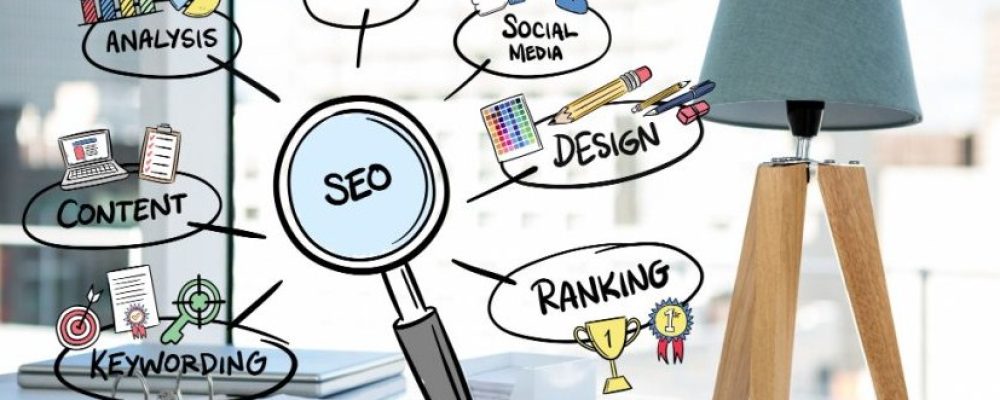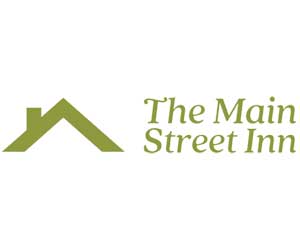Graphic design in SEO plays a fundamental role in creating an attractive and effective user experience on a website. But beyond visual appearance, graphic design also has a significant impact on SEO (Search Engine Optimization) and the ability of a website to rank in search results.
In this article, we will explore how graphic design can influence SEO and how they can be combined to achieve optimal results.
Importance of User Experience
One of the key factors in the field of SEO is user experience. Search engines, such as Google, are increasingly focused on providing relevant and satisfying results for users. Well-executed graphic design in SEO contributes to improving the user experience by offering intuitive navigation, a clear content structure, and attractive visual design.
When users enjoy a seamless and pleasant experience on a website, they are more likely to spend more time on it, interact with the content, and return in the future. This translates into favorable SEO metrics, such as a lower bounce rate and longer dwell time on the site, which indicates to search engines that the site is relevant and useful for users.
Responsive design and loading speed
A critical aspect of graphic design in SEO is the adaptability and loading speed of the website. With the increasing use of mobile devices to access the Internet, it is vital to have a responsive design that adapts to different screen sizes. Google, in fact, considers mobile adaptability as an important factor in its ranking algorithm.
Additionally, the loading speed of the website is crucial. Users expect a website to load quickly, and search engines also take this into account when ranking sites. Well-optimized graphic design, with compressed images and visual elements and clean code, contributes to faster loading and a better user experience. This, in turn, improves positioning in search results.
Image optimization
Images are an essential component in graphic design, but they can also have an impact on SEO. It’s important to optimize images to be the appropriate size and resolution and to use ALT attributes and descriptive text that help search engines understand and classify the visual content.
Image optimization is also related to the loading speed of the website. Overly large images can slow down performance and negatively affect the user experience. By compressing images properly and using efficient web formats, loading speed can be significantly improved, and consequently, SEO.
Internal link design and URL structure
An often overlooked aspect of graphic design in SEO is the internal linking structure and URL. Effective graphic design involves creating clear and coherent navigation within the website, making it easier for users to find the information they are seeking. Simultaneously, a well-designed internal linking structure allows search engines to track and index content more efficiently.
Regarding URLs, including relevant keywords in them can contribute to better rankings in search engines. Well-thought-out graphic design also takes into account the readability and aesthetics of URLs, avoiding strange characters or confusing strings.
Conclusion
Graphic design plays a crucial role in the user experience and has a significant impact on the SEO of a website. By creating a satisfactory experience for users through visually appealing design, optimal mobile adaptability. And fast loading speed, search engine rankings can be improved. Furthermore, image optimization and internal linking structure further contribute to better web positioning.
By strategically combining graphic design and SEO, websites can maximize their potential to attract organic traffic, retain users. And achieve successful results in terms of visibility and accessibility in search engines. Ultimately, both graphic design and SEO complement and work together to provide a satisfactory user experience and a successful online presence.





